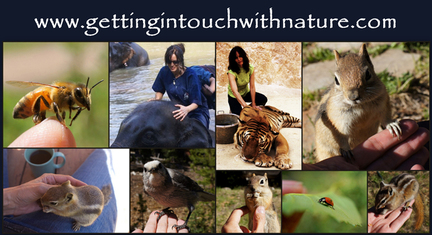|
It looks like some kind of bee to me ... I'm told this photo is of a dronefly. If I've made a mistake, please email me.
The larva of E. tenax is a rat-tailed maggot. It lives in drainage ditches, pools around manure piles, sewage, and similar places containing water badly polluted with organic matter.[2] The larva likely feeds on the abundant bacteria living in these places. When fully grown, the larva creeps out into drier habitats and seeks a suitable place to pupate. In doing so it sometimes enters buildings, especially barns and basements on farms. The pupa is 10–12 mm long, grey-brown, oval, and retains the long tail; it looks like a tiny mouse. The adult fly that emerges from the pupa is harmless. It looks somewhat like a drone honey bee, and likely gains some degree of protection from this resemblance to a stinging insect. The adults are called drone flies because of this resemblance. Like other hover flies, they are common visitors to flowers, especially in late summer and autumn, and can be significant pollinators. source: wikipedia
0 Comments
Your comment will be posted after it is approved.
Leave a Reply. |
SEARCH LIVEHONESTLY
Loading
My LADYBUG photo book is now available for sale! This makes a stunning gift book or the perfect coffee table book that adds color and beauty to any setting. Full of inspiring quotes.
One square mile of land contains more insects than the total number of human beings on earth!
The Earth has a surface area of 196,939,900 square miles. It's estimated that there are more than 200 million insects for each human on the planet!
A recent New York Times article claimed that the world holds 300 pounds of insects for every pound of humans.
There are some 900 thousand different kinds of living insects known in the world. The true number of insect species can only be estimated from present and past studies. Anywhere from 1 million to 10 million insects may still be unidentified as yet, according to scientists.
Archives
September 2011
Categories
All
About insects ...
"These small, six-legged creatures include bees, ants, flies, mosquitoes, grasshoppers, crickets, butterflies, cockroaches, termites, fleas, and beetles. Although some insects annoy us by spreading disease, damaging crops and household items, and biting people and pets, these represent only about 17% of all the 800,000 species. The rest of the insects serve a very valuable purpose in nature. These serve as food for birds, frogs, fish, and other animals; pollinate crops; destroy other harmful insects; give us honey, bees wax, shellac, and silk; and keep the land clean by feeding on dead animals and plants." Source of the above: http://www.bigsiteofamazingfacts.com |










 RSS Feed
RSS Feed
